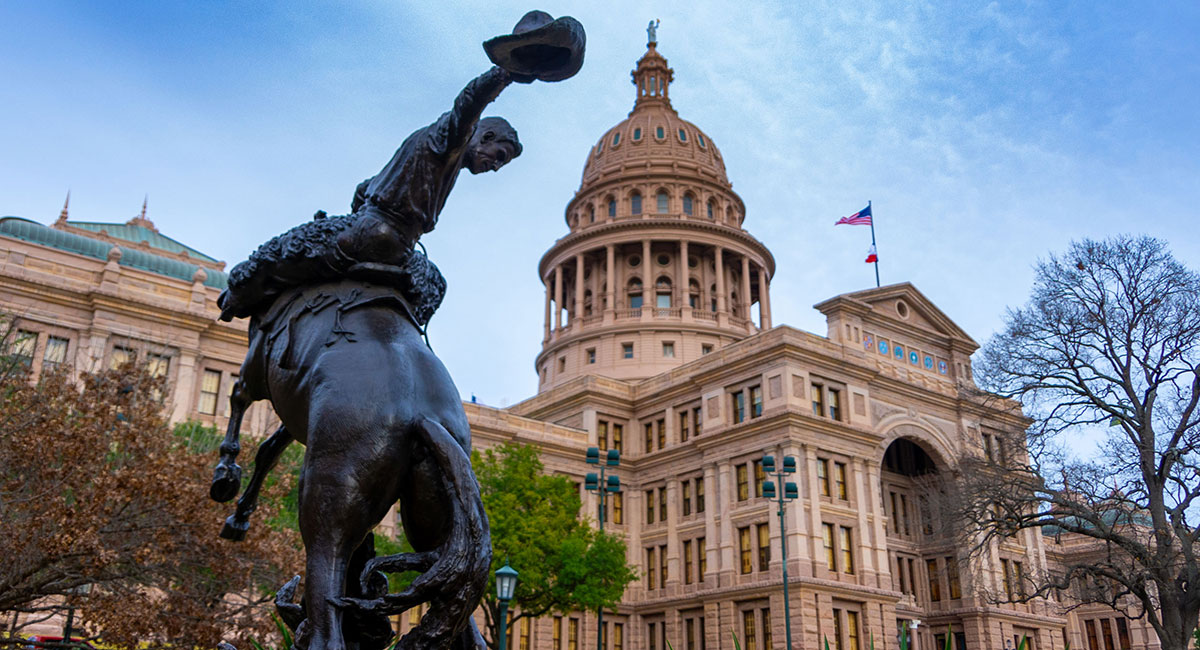What does Texas understand that other states don’t?
With the recent addition of North Carolina and South Dakota, 40 states have now opted to expand Medicaid coverage. Texas legislators ignored the lure of “easy money” from Washington and nixed the idea again. Who’s right?
Texas Medical Association lobbyists told state legislators that expanding Medicaid eligibility would reduce the number of uninsured by half, producing $5.4 billion a year in federal matching funds in exchange for $650 million a year in new state spending.
It’s the same bill of goods that lobbyists in other states used to pitch Medicaid expansion. But the numbers don’t add up.
According to calculations by the Foundation for Government Accountability, expansion states forecast that their total Medicaid enrollment would increase by about 6.5 million. As of 2022, the actual increase stood at 16.7 million.
Medicaid costs have also significantly exceeded forecasts. In 2012, the Department of Health and Human Services predicted annual costs would average $4,000 per person. By 2018, the actual costs were 50% higher: $6,100 per person.
Medicaid expansion, encouraged by the Affordable Care Act, has helped reduce the percentage of uninsured, lowering it from 17.8% in 2010 to 10.9% by 2019. But supply didn’t rise to meet the increased demand.
Instead, the overall number of annual physician visits decreased from an average of 332 per 100 people in 2010 to 276 per 100 in 2018.
The small uptick in physician visits among low-income patients was offset by small reductions among the rest of the population.
Expanding Medicaid to the relatively healthy might make sense if it improved general health. But there is little evidence it does. In Oregon, for example, a first-of-its-kind controlled trial tracked individuals who applied for Medicaid through a lottery.
After two years, there was no discernible difference in the health of coverage winners and losers.
Health outcomes aside, the Texas medical establishment apparently was hoping the added $5.4 billion in Medicaid matching payments from Washington would improve the bottom line. That was wishful thinking.
Medicaid reimbursement rates are generally lower than both commercial insurance payments and total provider costs.
Research shows that lower-income working-age people often substitute Medicaid for existing private coverage, which typically requires out-of-pocket cash payments for co-pays and deductibles. This reduces providers’ overall compensation.
Below-cost payments may be manageable when Medicaid covers a relatively small portion of the population, but when Medicaid replaces private payers for large portions of the population, the combination of below-cost payments, reduced commercial insurance payments, and increased regulatory costs, invariably exceeds the savings providers realize from providing less uncompensated care.
A 2020 analysis of IRS filings for 2,253 nonprofit hospitals in expansion and nonexpansion states confirms this. The analysis showed that Medicaid expansion reduced reported uncompensated-care costs by an average of $1.11 million between 2012 and 2016.
But it also increased average losses, largely due to reduced income from commercial insurance and below-cost Medicaid reimbursements, by $1.63 million.
For Texas lawmakers, the fight over Medicaid expansion couldn’t have come at a more opportune time: As state health care providers were grappling with the extraordinary staffing and financial burdens caused by the federal government’s unprecedented tolerance of illegal immigration.
This certainly helped focus their attention, as did the testimony of Dr. Robert Trenschel, president and CEO of Arizona’s Yuma Regional Medical Center, who told Congress earlier this year that providing uncompensated care for migrants cost his hospital $26 million in 2022 (helping to produce an operating loss of $14.2 million, according to HMP Metrics.)
The influx of migrants also has been “crowding out Yuma’s residents, competing for beds in the emergency room or forcing delays in elective surgery,” according to news reports. Complicating the problem are persistent staffing shortages. Staff, not physical beds, is the binding constraint for most hospitals. Yuma Regional is licensed for 406 beds, but at the pay rates it can afford, it usually staffs only 250 to 270 beds.
Texas border hospitals face similar problems. Medicaid expansion would have only exacerbated them.
To their credit, Texas lawmakers saw through the false economics of Medicaid expansion.
Even if expanding eligibility cost “only” $650 million per year, they understood that the same $650 million could be used to defray some of the costs imposed on hospitals, physician practices, and Texas citizens by the unprecedented level of immigration.
Or it could be used to improve care for those already covered by Medicaid. Some 114,000 developmentally and intellectually disabled Texans enrolled in Texas Medicaid have spent years on waiting lists for home- and community-based care they were promised but never received.
Shouldn’t public money be used to meet existing needs such as these before it’s spent on new benefits for healthy, able-bodied adults?













